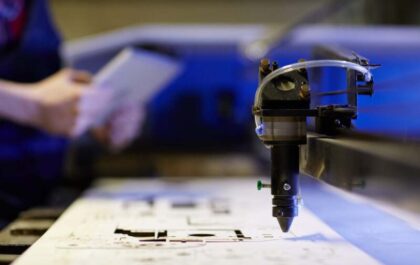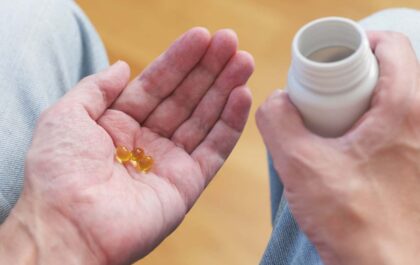Table of Contents
Introduction
Pilates are the fitness system developed in the initial 20th century by the German Joseph Pilates, named after the exercises. Pilates exercises help achieve stability and strengthen the body, and the activities are usually done in a particular order.
The movements of the Pilates sport have names such as “The 100”, “Criss-Cross”, “elephant”, and “swan”. Moves may seem simple, but they require a lot of precision and control and are about concentration and breathing. You can do Pilates exercises on your workout mat in the gym or at home. Pilates classes usually take 45 minutes to an hour, but you can make fewer movements in less time.
When you do Pilates, you will get stronger, more sculpted muscles, gain flexibility, and have better physical posture and a better sense of fitness. Plan to do this exercise a few days a week, as well as cardio, because Pilates are not an aerobic exercise. These exercises will strengthen your muscles, use your body weight instead of weights, and enhance body flexibility.
Areas Targeted by Pilates
Pilates focuses mainly on the entire body core, strengthening the arms and legs, where the movements depend on the limbs to control and apply loads to the body. You can start with basic workouts and then try advanced moves as you improve.
Benefits of Pilates
Pilates improves bone density and also offers fantastic benefits in bone building. Pilates exercises promote weight loss and help burn calories depending on the intensity of the training. It exercises to relieve low back pain and strengthen the muscles of the back and spine. Pilates exercises strengthen the entire trunk of the body and the abdominal muscles.
It help improves flexibility, strength, and balance, reducing the risk of injury. Pilates provides body awareness to create effective movement patterns. Thereby decreasing pressure on joints, tendons, muscles and ligaments. Improving balance and reducing the risk of falls.
Pilates exercises enhance the flexibility of the body. Create better muscle balance, creating balance throughout the body. High-intensity Pilates exercises lead to a higher heart rate, which increases endurance. Peplats exercises are suitable for exercising and strengthening the abdominal muscles.
The Five Best Exercises in Pilates
1- Training hundreds Lie on your back on a mat, lift your legs with your knees straight, raise your shoulders and head on the carpet, and stretch your arms straight forward. And move them up and down while breathing for five seconds and five seconds, complete ten inhalations and ten exhalations, for a total of 100 seconds of breathing.
2- Bridge Roll-Up Exercise This exercise helps to coordinate the pelvic and lower back muscles and includes lying on your back with the feet fixed and bending the knees, exhaling and tilting the pelvis back, and pressing the lower back to the floor. And waiting for four seconds before slowly returning to the floor.
3- Roll Up exercise This exercise is usually used as a transition period between different exercises, lying on your back with your feet fixed and bending the knees, pointing your arms directly towards your feet. Then mouth exhaling and move your arms forward with the head and shoulders. Then slowly lie down again and inhale.
4- Swimming: This exercise strengthens the back, butt and hamstrings muscles and involves lying on the abdomen and stretching the arms and legs, inhaling and lifting your arms, head, chest and legs off the mat. The stomach and hips should be the only thing left on the carpet. Then exhale and lower your left arm and right leg to the floor, turn them up and repeat the movement.
5- Seal Exercise This exercise gently massages the spine and is done by sitting on the exercise mat with your knees bent, with the outer heel held by reaching it from between your legs. The spine should be slightly bent. Next, have your feet, keep your back round, move as shown in the video, and then go back to the starting position again.
Related posts
Featured Posts
Exploring Advanced Techniques in the Laser Engraving Machine: 3D, Texturing, and Multi-Layered Designs
Many industries have spoken for the laser engraving machine because of its results and versatility. But recently, many advancements have…
Benefits of Vitamin D
Introduction One cannot live without the benefits of vitamin D because its virtues are essential for good health. But do…


